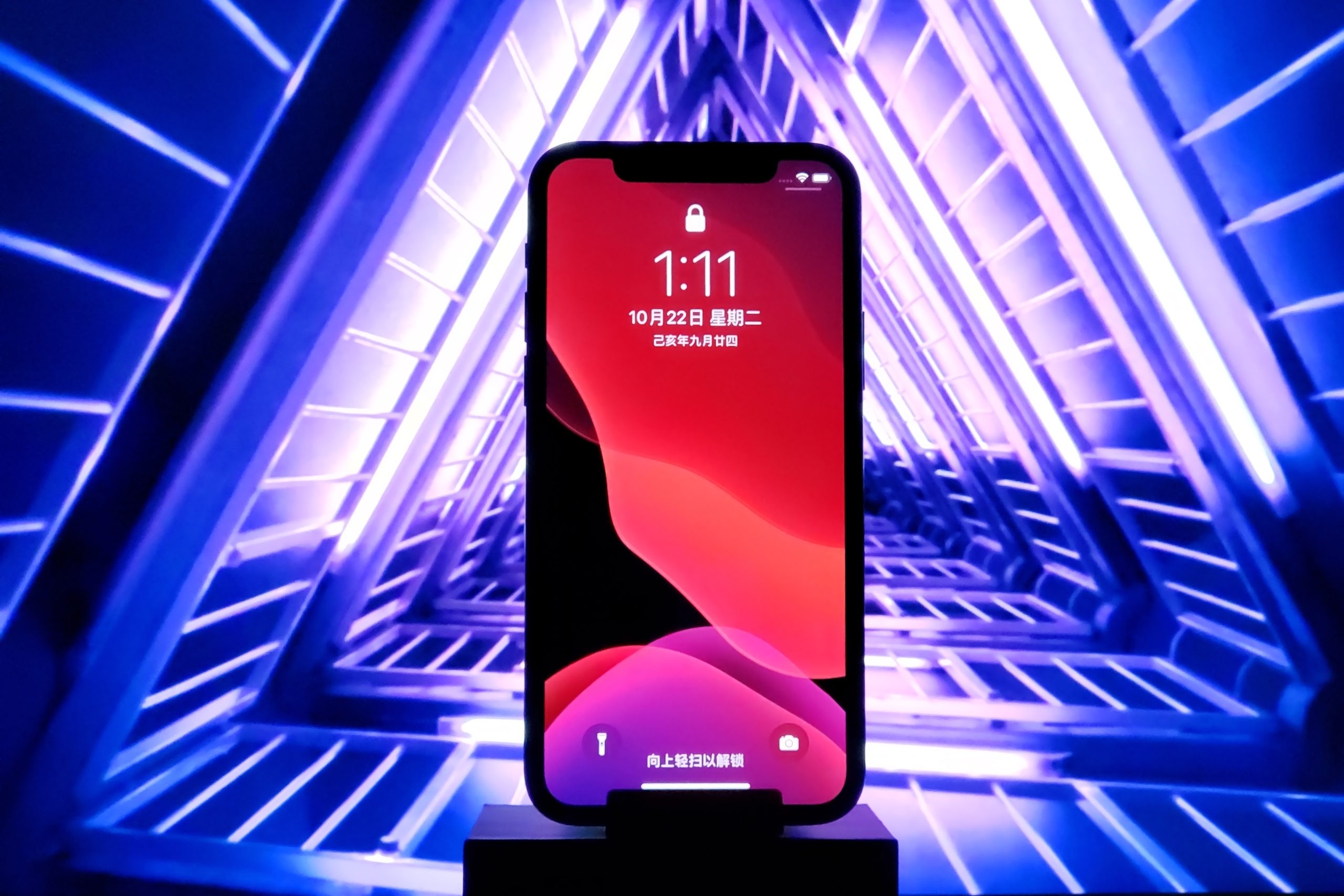They say there’s no such thing as bad ideas, only bad timing. 3M was clearly a little ahead of the curve when they launched augmented reality sticky notes in 2012. It was a huge moment for AR, not in the sense of being able to write virtual notes. The major development was their use of cloud anchoring. Essentially being able to anchor a digital creation to a physical location.
Eight years later and we still haven’t come anywhere close to realizing the value of cloud anchoring. Imagine every restaurant review anchored to the restaurant, allowing you to read reviews as you’re looking at the menu. Imagine leaving Tweets in the real world. What if you could scatter holographic reminders throughout your walk to work – some motivational and some just regular notes on the day ahead.
Google calls cloud anchoring a “save button” for our digital actions.
An equally interesting part of this AR puzzle is the ability for us to send AR-based messages to one another. What does communication look like in augmented reality?
AR-Based Messages
Microsoft’s Holoportation gave us a glimpse into how we could one day conduct meetings in AR, allowing video conferencing to level up. But their concept requires AR glasses. What does this look like for consumers using their smartphones?
The company that is best capturing this idea right now is HoloMe. They’re turning humans into holograms, to be viewed all over the world in different ways.
They debuted their technology in collaboration with a French Singer, Amir. Together, they created an AR music video, where all of his fans could transport a singing-Amir to their own room or surroundings.
Another use case they’re showing us is for shopping. In collaboration with Stuart Weitzman, you can transport a model right to your living room to show you their newest boots and bags. (Featured in the video below)
It’s not hard to imagine how this same technology could be used to elevate how we communicate with one another, collaborate at work, etc.
What makes this different from FaceTiming or Snapchatting?
Presence. An AR-based message transplants that person into the room with you. With Snapchat, the AR experience is on the sender’s end. They get to play around with the AR filters, while the receiver just gets to see a video capture. AR-based messages, though, give an AR experience to both parties.
Instead of seeing a video of them in their environment. They now join your environment. Just as you can see in this video.
Who Will Win First?
HoloMe gets it right in the fact that I want to interact with holographic versions of my friends or my favorite celebrities.
But adding on top of that, I really like the way that Giphy World is making these AR-based messages more interpersonal. In Giphy World, you can anchor AR gifs around your surroundings and then invite friends to join your world from their phone wherever they are.
Who will capitalize on AR-based messages?
Octi is trying to turn AR-based messages into a standalone social network. But it still feels a lot like Snapchat, instead of holoportation. Mark AR is taking the Google Maps approach and making AR-based messages something you can discover on a map.
However, it’s hard to have confidence in any app that asks users to learn a new habit. Pokémon Go was the anomaly. Not the norm.
Having said that, I think that AR-based messages will find greater success in being added to an existing app of ours.
Will it find a home in an already AR-enabled app like Snapchat? Could Google Maps capitalize on this and allow us to drop our AR-based messages all over a city, letting us find others’ messages as we walk a city? Or will AR-based messages, like Animojis and Bitmojis, find a home in our text apps?
Features like this aren’t seen as a necessity until someone executes them properly and the whole market copies them. Bitmoji is a great example. Or look at all the features that Instagram copied years after Snapchat.
AR-based messages might not solve the world’s problems. But they are a step in bringing us closer to the Metaverse.
